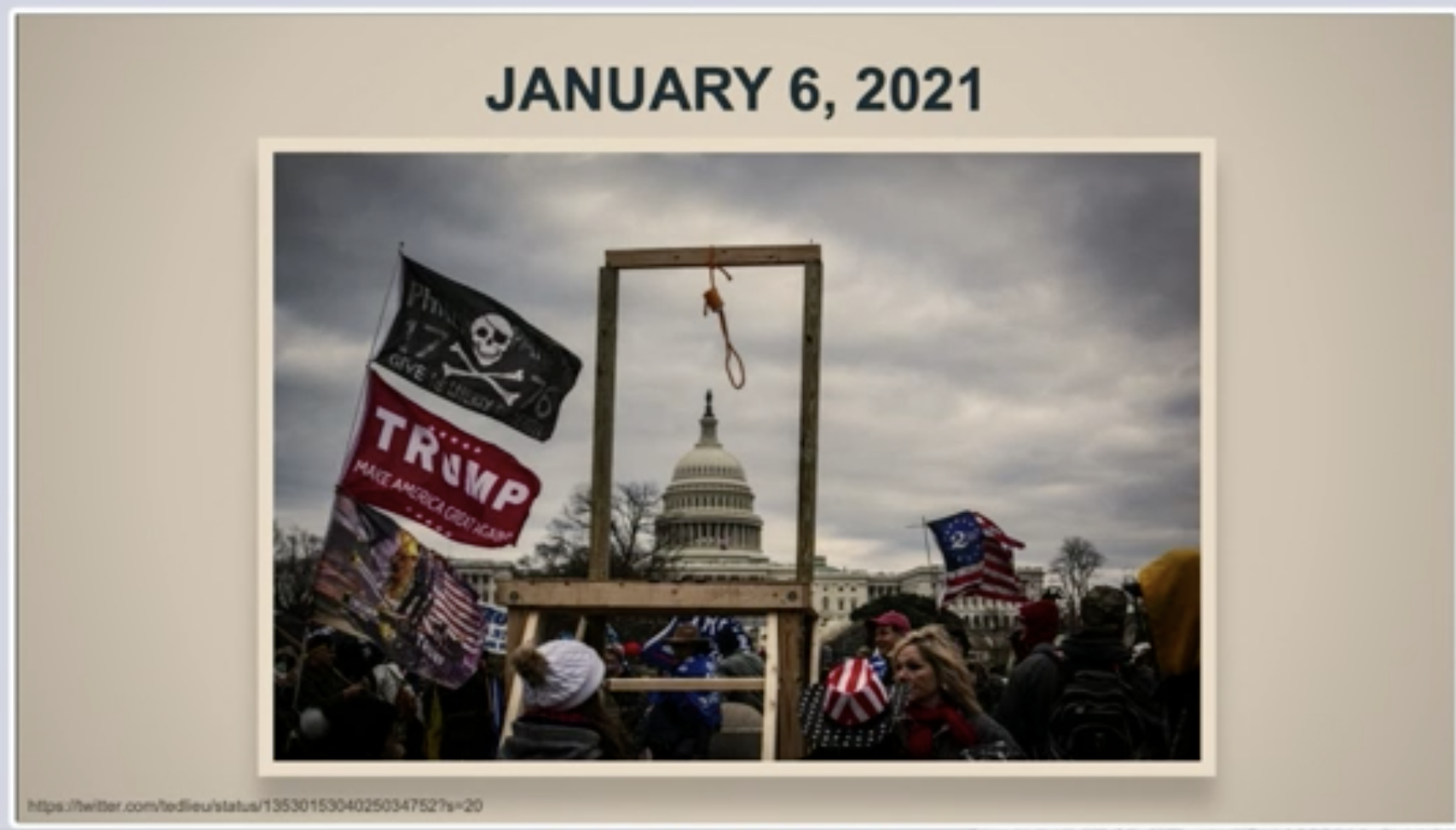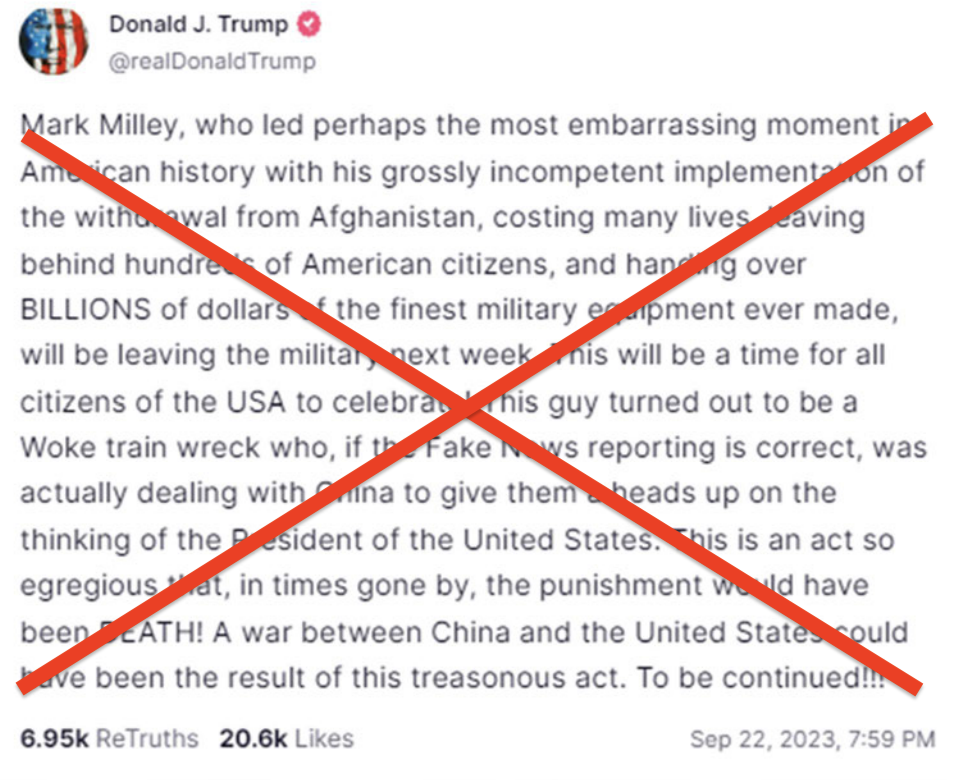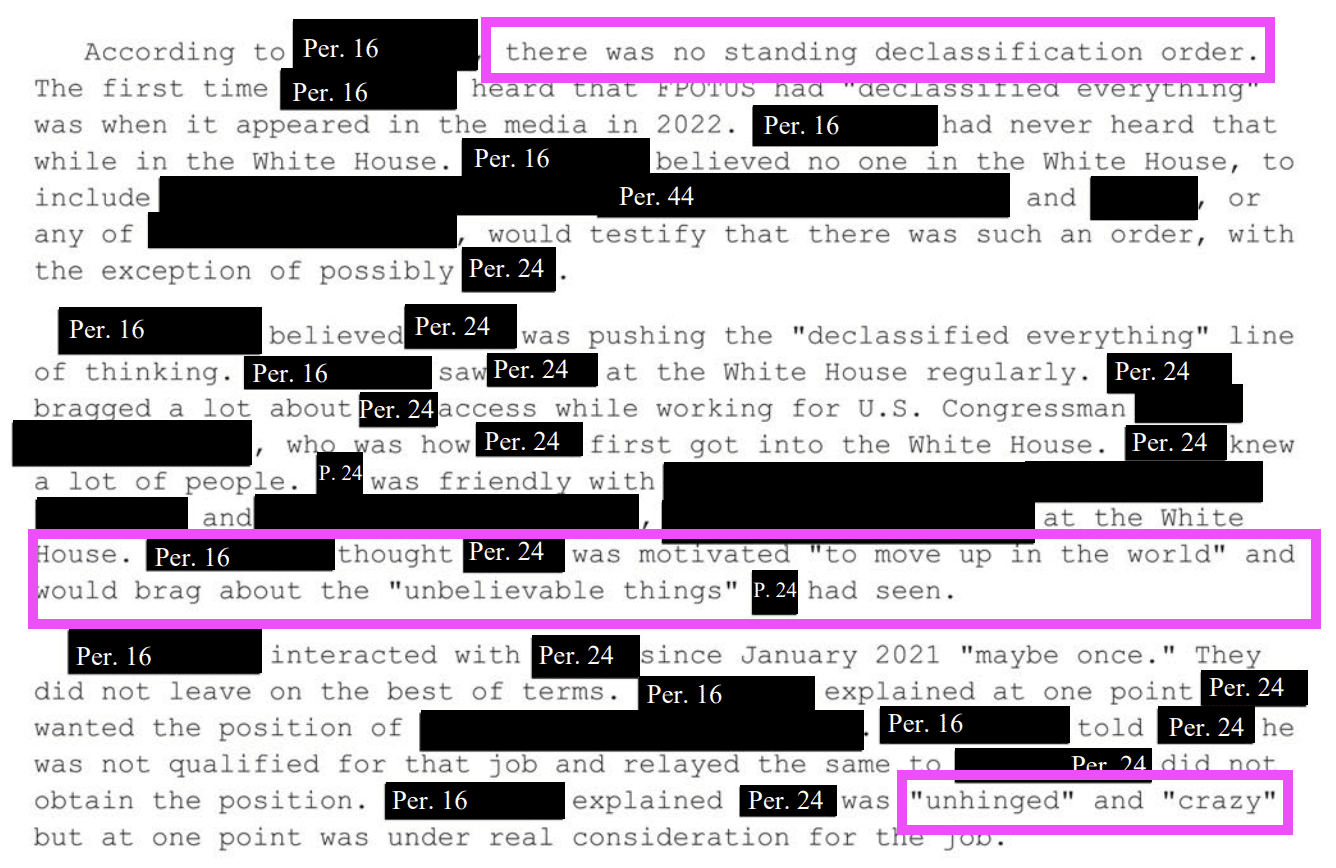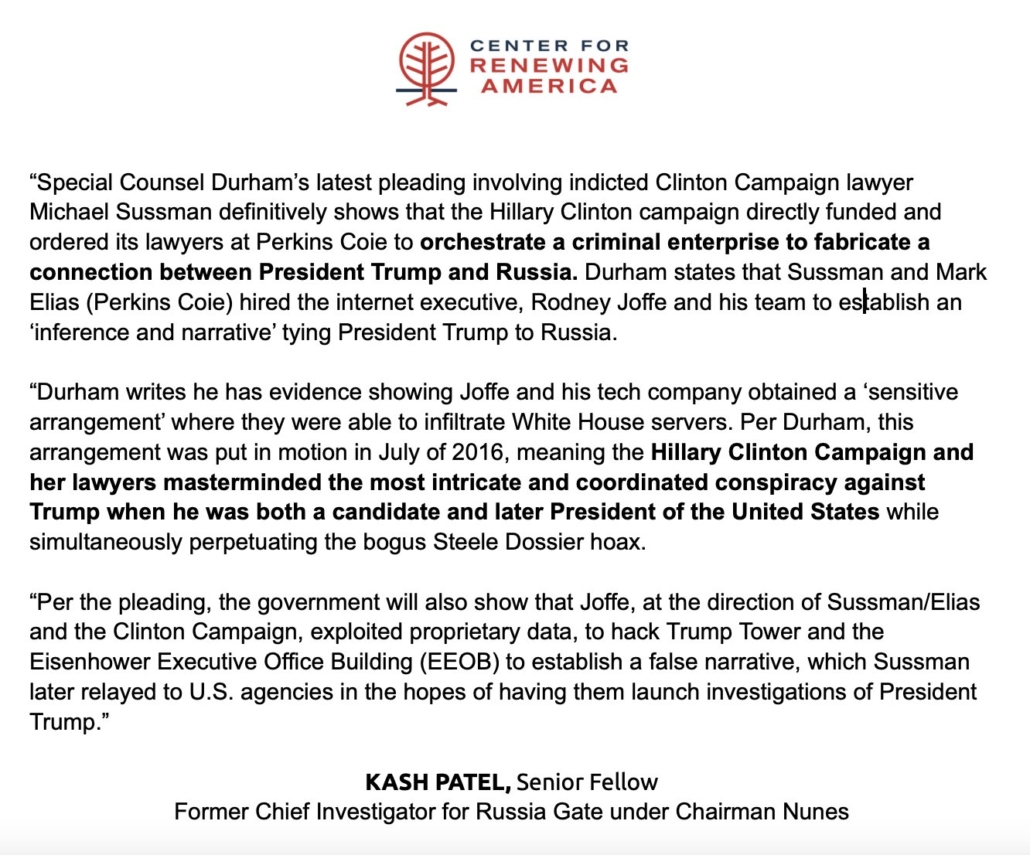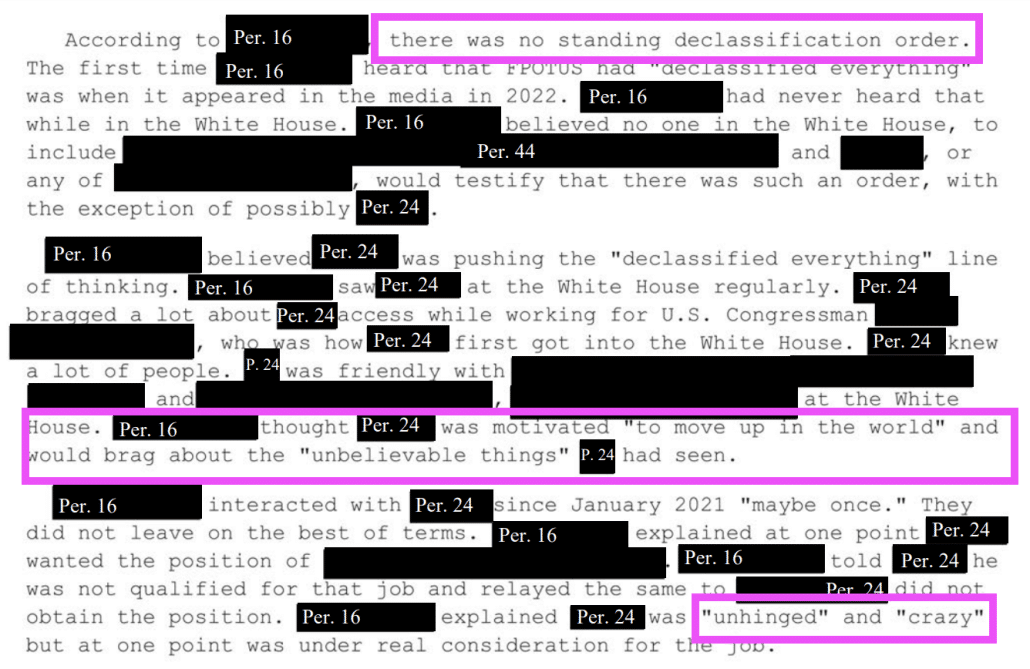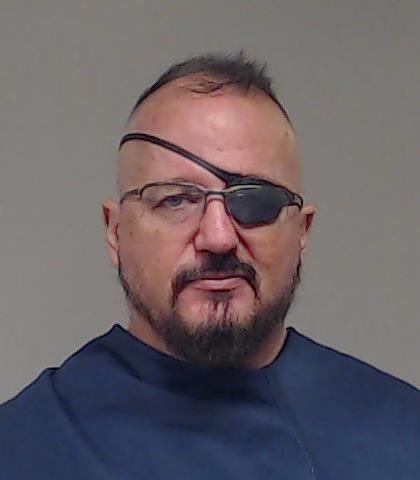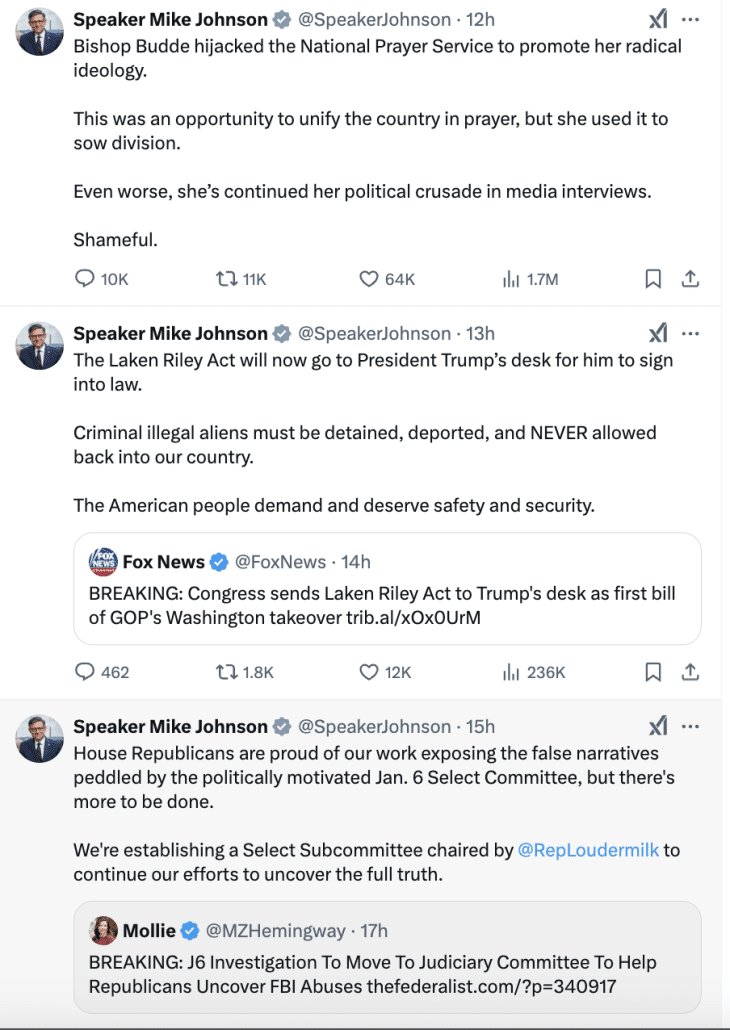Two Days In, Pam Bondi’s DOJ Is Already an Ethical Swamp
Reuters was the first to track the travails of Ed Martin, the Jan6 riot attendee turned US Attorney for DC who moved to dismiss the prosecution of one of his clients on January 21, and only two weeks later, on February 4, moved to withdraw from the case.
On January 6, 2021, Martin posted on X, then called Twitter, that he was at the Capitol himself, describing the day as “Like Mardi Gras in DC today: love, faith and joy.”
Before becoming Washington’s top prosecutor, he appeared as an attorney for three people convicted of participating in the riot, according to court records. Two of those cases ended before Trump took office; the third, against Joseph Padilla, was still ongoing on January 21 when Martin’s office filed a motion bearing his name asking a court to drop the charges.
State rules in Missouri, where Martin is licensed, bar government lawyers from handling cases involving their clients without written consent.
A spokesperson for the U.S. Attorney’s office did not immediately respond to a request for comment. A private spokesperson for Martin said he is in complete compliance with the requirements for his position.
On Wednesday, Martin sent an office-wide email seen by Reuters in which he said he had “stopped all involvement” in the cases more than a year and a half ago, that he had handled them pro bono, and said he was “under the impression that I was off the cases.”
He said the U.S. Attorney’s career ethics lawyer asked him about the cases last week and complained that it “immediately leaked to the media.” This leak, he said, was both “personally insulting” and professionally “unacceptable.”
When Martin did finally move to drop off the case he had gotten dismissed weeks earlier, he offered the kind of dumb excuse you expect from a Trump flunkie.
Undersigned counsel respectfully moves the Court to withdraw as a counsel of record in this matter.
Mr. Padilla noticed his appeal in this case in September 2023. ECF No. 108. From that point forward, he was represented by an attorney working with the Office of the Federal Public Defender in New Mexico. That defender entered her appearance in this case on November 1, 2024. ECF No. 122. Although undersigned counsel has not represented Mr. Padilla in connection with postconviction litigation, counsel remains listed as counsel of record on the docket. Accordingly, as the case has now been dismissed, and as the undersigned does not currently represent Mr. Padilla, counsel requests that the Court grant this motion so the docket may accurately reflect this fact. This motion has been served upon the defendant personally. LCrR 44.5(d). Mr. Padilla has no objection to this motion.
It turns out the DC Bar membership for the Acting US Attorney for DC lapsed. His Bar membership is not in good standing.
Case Name: USA v. PADILLA
Case Number: 1:21-cr-00214-JDBFiler:
Document Number: No document attached
Docket Text:NOTICE of Provisional/Government Not Certified Status re [126] Proposed MOTION to Withdraw as Attorney Edward Martin by Edward Martin. by JOSEPH LINO PADILLA. (Martin, Edward).
Your attorney renewal/government certification has not been received. As a result, your membership with the U.S. District & Bankruptcy Courts for the District of Columbia is not in good standing, and you are not permitted to file. Pursuant to Local Criminal Rule 57.21.1, you must immediately correct your membership status by following the appropriate instructions on this page of our website: https://www.dcd.uscourts.gov/attorney-renewal.
Please be advised that the presiding judge in this case has been notified that you are currently not in good standing to file in this court. Renewal Due by 2/12/2025. (zhcn)
It further turns out that when Martin wrote a very angry letter to Judge Amit Mehta telling him the Oath Keeper seditionists whose sentences Trump commuted, but did not pardon, should have no release conditions, he signed that letter over his DC Bar Membership, which we’ve now learned was not in good standing a few weeks later.
It’s a big mess. The activist group that has gotten some of Trump’s other January 6 lawyers sanctioned is trying to make it a bigger mess, at least in Missouri, which specifically prohibits playing both sides of a legal issue.
Activist legal group the 65 Project filed a bar complaint on Thursday against Edward Martin, interim U.S. Attorney for the District of Columbia, in Missouri, where he is licensed to practice law, a day after Reuters reported the potential conflict.
Martin last month asked a judge to drop charges against a man who took part in the January 6, 2021, Capitol assault whom he also represented as a defense attorney, after Trump on his first day in office granted clemency to all the nearly 1,600 people charged with playing a role in the riot.
Lawyers generally are prohibited from taking both sides in the same case and U.S. Justice Department regulations require lawyers to step aside from cases involving their former clients for at least a year.
State rules in Missouri, where Martin is licensed, also bar government lawyers from handling cases involving their clients without written consent.
“When President Trump appointed Mr. Martin to serve as interim U.S. Attorney for the District of Columbia, Mr. Martin became duty-bound under the rules of professional conduct to abstain from any role in his former clients’ criminal cases,” said Michael Teter, managing director of the 65 Project, which has brought bar complaints against Trump-affiliated lawyers, in a statement.
The complaint also notes that Martin filed the motion to dismiss for Timothy Hale-Cusanelli, after doing fundraisers for the Hitler cosplayer.
In addition, Rule 4-1.7 also prohibited Mr. Martin from appearing on behalf of his client, the United States, in Mr. Hale-Cusanelli’s criminal matter after he held a fundraiser for Mr. Hale-Cusanelli and spoke glowingly of the convicted felon.
Still, two days into Pam Bondi’s tenure as AG, things are only getting started. Consider this paragraph of Bondi’s memo entitled, “RESTORING THE INTEGRITY AND CREDIBILITY OF THE DEPARTMENT OF JUSTICE,” which attempts to comply with Trump’s Executive Order purporting that DOJ has been weaponized. (See this Lawfare post for links and analysis of all of Bondi’s memos.)
I hereby establish the Weaponization Working Group, which will be led by the Office of the Attorney General and supported by the Office of the Deputy Attorney General, the Office of Legal Policy, the Civil Rights Division, the U.S. Attorney’s Office for the District of Columbia, and other personnel as necessary to achieve the objectives set forth herein. The Weaponization Working Group will conduct a review the activities of all departments and agencies exercising civil or criminal enforcement authority of the United States over the last four years, in consultation with the heads of such departments and agencies and consistent with applicable law, to identify instances where a department’s or agency’s conduct appears to have been designed to achieve political objectives or other improper aims rather than pursuing justice or legitimate governmental objectives. The Department of Justice will provide quarterly reports to the White House regarding the progress of the review.
It puts the following people in charge of reviewing whether investigations into Donald Trump were weaponized:
- Bondi’s own office, barely three months after she signed an amicus in the appeal of his documents case and who also perpetuated some of Trump’s false voter fraud claims
- The Office of Deputy Attorney General, currently run by Trump’s defense attorney Emil Bove, soon to be run by Trump’s defense attorney Todd Blanche
- Office of Legal Policy, which will be led by Ken Paxton’s former deputy
- Civil Rights Division, to which Trump has nominated Harmeet Dillon, who worked for Trump’s campaign in both 2020 and 2024; she also represented the RNC in a Voting Rights lawsuit filed by a Michigan Civil Rights Group
- The DC US Attorney’s Office, run by Martin, who’s already struggling to contain his conflicts (and who was almost certainly among the 1,000 or so people investigated, but not charged, for January 6)
Literally every one of the people overseeing this review has a major conflict. If they were ever to file criminal or civil charges against a competent judge, it’d be laughed out of court for all the conflicts. Plus, Bove and Blanche have already made claims about these investigations that have been rejected by judges.
Remember, Bondi promised to consult with career attorneys about such conflicts — but they’ve already reassigned the senior most of them, Brad Weinsheimer.
And this is what Bondi does in a memo claiming to “restore the integrity and credibility of DOJ.”






